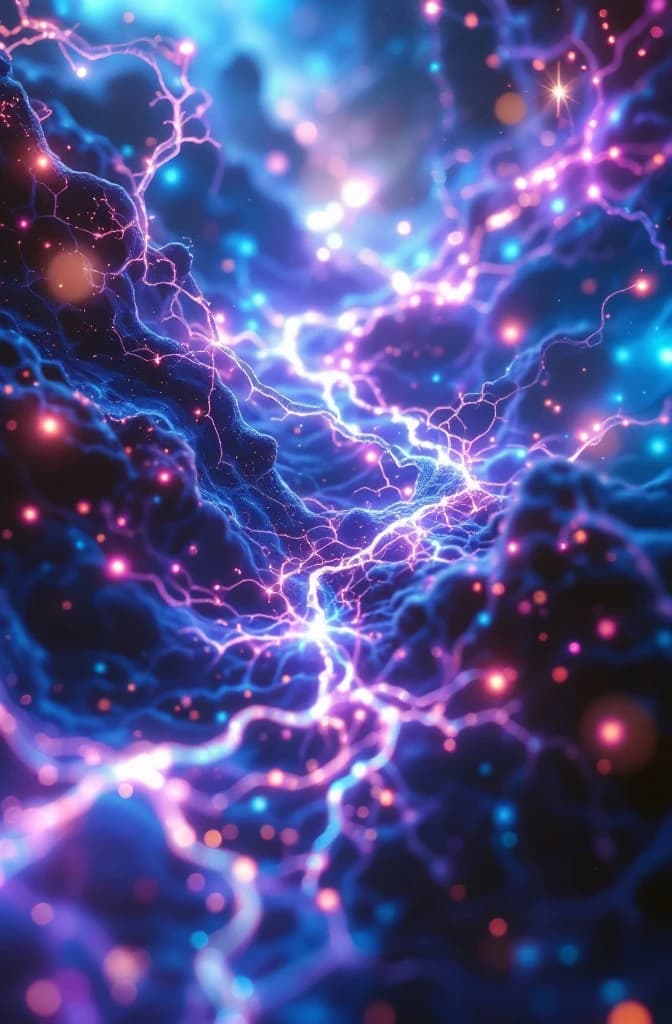
NeuMeta
Neural Metamorphosis
Neural Metamorphosis
A learned set of transformations that enable a neural network to change its internal structure and functional mapping across tasks or domains while preserving performance and transferable knowledge.
Neural Metamorphosis (NeuMeta) denotes a paradigm in which models learn explicit transformation operators—in weight space, architecture space or latent-function space—that morph a neural network’s parameters and topology to adapt to new tasks, domains or resource constraints without retraining from scratch. Practically, NeuMeta systems combine ideas from meta-learning, hypernetworks, network morphism, neural ordinary differential equations (Neural ODEs) and neural architecture search (NAS) to represent adaptation as a controlled trajectory or discrete surgery on a network: hypernetworks or learned operators generate new weights conditioned on task descriptors; continuous flows (Neural ODE-style) parameterize smooth functional morphs between behaviours; and NAS-like operators handle structural rewiring (expansion, pruning, module replacement) subject to performance-preservation constraints. The approach is explicitly designed to manage the plasticity–stability tradeoff in continual and transfer learning, to enable rapid personalization or domain transfer with minimal data and compute, and to support model lifecycle operations such as compression, specialization and unification across heterogeneous edge devices.
The theoretical foundations tie into mode connectivity and loss-landscape topology (how one can move between functionally equivalent minima), manifold optimization (treating weights as points on a curved parameter manifold and optimizing transformation paths), and symmetry/permutation invariances of networks (ensuring morphs preserve function up to relabeling). Evaluation focuses on forward/backward transfer, catastrophic forgetting avoidance, adaptation latency, and cost of morph operations. Common implementation motifs include (a) meta-learned transformation networks that output weight increments or masks conditioned on task embeddings; (b) parametric continuous flows that integrate parameter changes over time; and (c) discrete morphing operators informed by NAS or pruning heuristics, combined with regularizers (e.g., EWC-like Fisher penalties) to retain prior capabilities.
First used: circa 2022–2023 in workshop papers and technical posts as researchers began unifying meta-learning, network morphism and continual learning language; gained broader attention 2023–2025 as empirical demonstrations showed efficient cross-task adaptation and on-device specialization.
Key contributors and building blocks include foundational works and researchers in adjacent areas: Wei et al. (Network Morphism) and NAS researchers (Zoph & Le) for structural transformation ideas; Chelsea Finn and colleagues for meta-learning (MAML) that inspired fast adaptation operators; Ha et al. (hypernetworks) for learned weight generators; Chen et al. (Neural ODEs) for continuous parameter flows; Garipov et al. on mode connectivity; and continual-learning work such as Kirkpatrick et al. (EWC) and Rusu et al. (progressive networks) for stability-preserving mechanisms—with major research groups at DeepMind, OpenAI, Meta AI and academic labs driving demonstrations and tooling that made NeuMeta practical.
